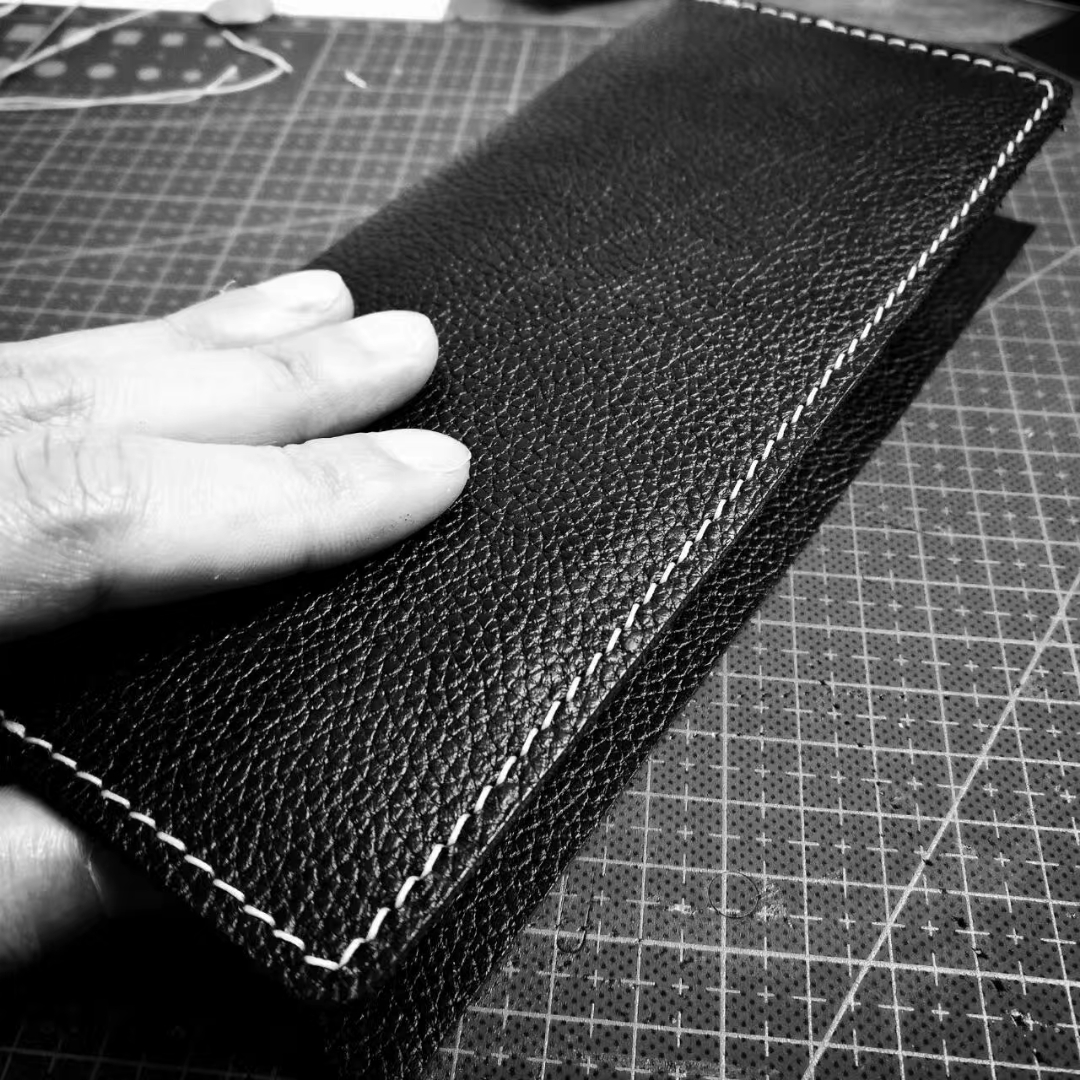Title: Leather Identification: A Comprehensive Guide
Leather identification is a crucial skill for anyone who works with leather products, whether it’s in the fashion, automotive, or upholstery industry. The ability to accurately identify the type of leather used in a product can help ensure its quality, durability, and value. In this comprehensive guide, we’ll cover the fundamentals of leather identification, including the different types of leather, their unique characteristics, and how to identify them.
Leather Types and Characteristics
1、Cowhide Leather: The most common type of leather, cowhide is strong, durable, and relatively easy to work with. It’s often used for upholstery, clothing, and accessories. Cowhide leather can be identified by its relatively smooth surface and consistent grain pattern.
2、Sheepskin Leather: Sheepskin leather is a popular choice for clothing and accessories due to its softness and comfort. It’s also often used for upholstery in bedrooms and living rooms. Sheepskin leather has a unique fleece-like texture that can be identified by running your hand over it.

3、Pigskin Leather: Pigskin leather is less common than cowhide and sheepskin, but it does have its own unique charm. It’s often used for fashion accessories and upholstery in more modern spaces. Pigskin leather has a unique pore structure that can be identified by examining its surface under a magnifying glass.
4、Horsehide Leather: Horsehide leather is one of the most expensive and sought-after types of leather. It’s often used for high-end fashion accessories and upholstery in luxurious spaces. Horsehide leather has a unique sheen and texture that can be identified by its appearance and feel.
How to Identify Different Types of Leather
1、Visual Inspection: The first step in identifying the type of leather is to examine its appearance. Different types of leather have unique grain patterns, surface textures, and colors. By carefully observing these characteristics, you can often determine the type of leather without further testing.
2、Tactile Inspection: Tactile inspection is another important step in leather identification. By touching the leather with your hands, you can feel its texture, elasticity, and temperature. Different types of leather have unique hand feels that can help you identify them.

3、Chemical Testing: In some cases, chemical testing may be necessary to determine the type of leather. This involves using specific reagents or solutions to test the chemical composition of the leather. Chemical testing is not always necessary for routine identification purposes but can provide definitive results when needed.
4、UV Testing: UV testing is a specialized technique that can help identify certain types of leather that are difficult to distinguish visually or tactually. By exposing the leather to ultraviolet light, specific types of leather will fluoresce or glow, providing a definitive identification.
In conclusion, learning how to identify different types of leather is a crucial skill for anyone who works with leather products. By understanding the unique characteristics of each type of leather and using the appropriate identification techniques, you can ensure that you are working with high-quality materials that will last for years to come.
Articles related to the knowledge points of this article:
The Short-Sleeve Men’s Jacket: A Fashion Trend to Watch Out For
The combination of hoodie and down jacket
Women’s Long-Length Down Coat: A Stylish and Functional Winter Apparel



